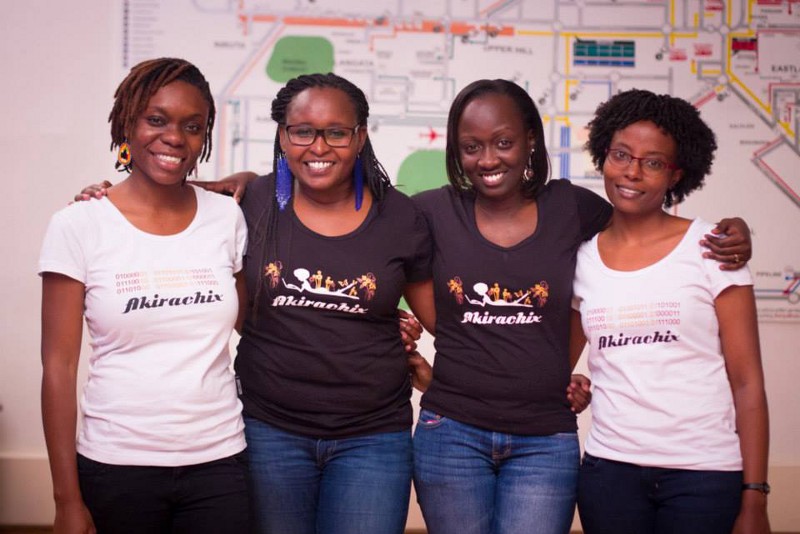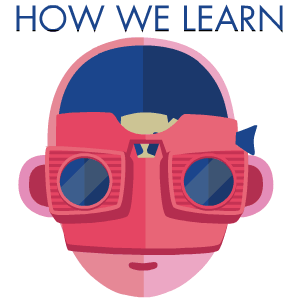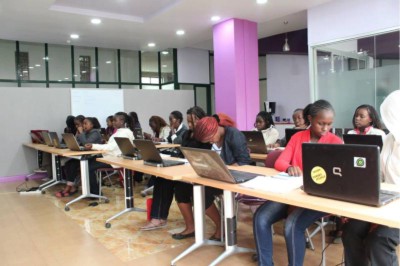

Karen Spärck Jones, former professor of Computers and Information at Cambridge Computer Laboratory, once joked that computing was far too important to be left to men. But as male-dominated computer labs and maker spaces open up around the world, there’s a real danger that it will.
The concept of innovation spaces as enablers of social and technological innovation has gained considerable traction over recent years, particularly across the developing world. The African continent is now home to over a hundred labs, with more opening each month. While many are poorly resourced, others have attracted considerable attention and, with it, international funding. Simply put, the hope is if you put technologists in a room with businesspeople, members of the nonprofit community, and academics–and give them desks and an Internet connection–great things will happen.
Truth be told, the jury is still out.
The domination of male workers in many of these spaces, however, is not in dispute–a state of affairs that reinforces wider stereotypes that technology and engineering are for men. “Girls and women have been made to believe that they will never be able to progress in these industries,” says Angela Oduor, co-founder of AkiraChix, a Kenyan-based organization on a mission to address the imbalance. “There’s a need to squash this mentality, and enhance gender equality in the industry.”
In a continent where women make up a majority of the population and half of the workforce, it is an anomaly that the percentage working in technology is less than 15 percent. This neglects a vast pool of talent, much of it untapped.
It was 2008, at the opening of the iHub in Nairobi, where Oduor met her future co-founders. “It was clear from the people at the event that too many women were shying away from all-things technology, and it turned out we were all passionate about putting it right,” she told me. AkiraChix was the result, a girl-focused organization that today provides training, mentorship, and outreach programs designed to increase the number of skilled African women in technology.

Progress has been slow but steady. Thirty-six girls have gone through the training program over the past three years, and there are 28 more completing their last semester. On top of that another 150 high school students are currently engaged through AkiraChix’s High School Outreach Program. According to Angela, these girls typically work on mobile-applications development, robotics, and graphic design projects.
As part of their outreach strategy, AkiraChix is organizing an inaugural Pan African Women in Technology Conference later this year where its founders plan to celebrate women in computing across Africa. The event is aimed at undergraduate students, women working in or seeking careers in the technology or engineering industries, and women who hold leadership positions.
It comes at an opportune time as interest in providing female-focused activities in innovation hubs grows. Oduor is as motivated as ever. “Since we started our own organization we’ve seen more and more girls–and women–in tech organizations springing up, including Asikana Network in Zambia and Women in Tech Uganda. It’s exciting to see not just a rise in interest in this kind of work, but recognition that it’s important, and very real resources now going in to help address it.”
For now, AkiraChix continues to work with its own batch of students while building up capacity. “Our ambition is to scale our programs beyond Nairobi over the next couple of years, and this is vital given the scale of the opportunity,” said Oduor.


How We Get To Next was a magazine that explored the future of science, technology, and culture from 2014 to 2019. This article is part of our How We Learn section, on the future of education. Click the logo to read more.
